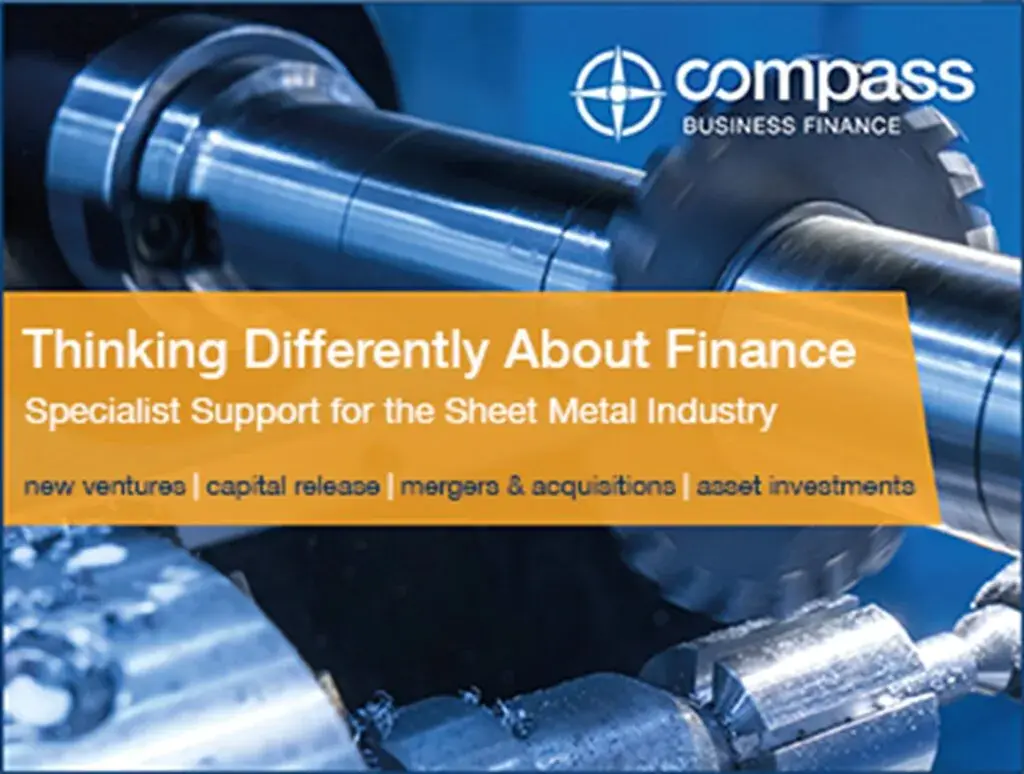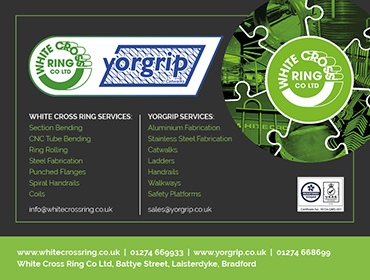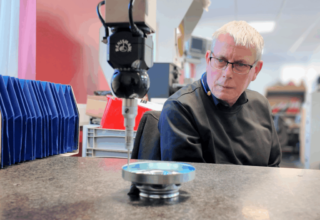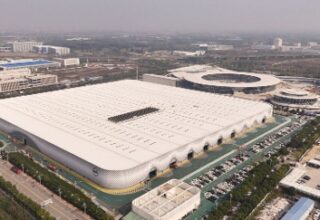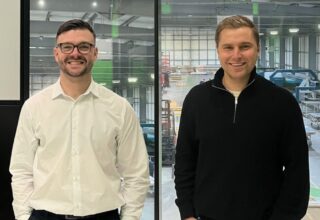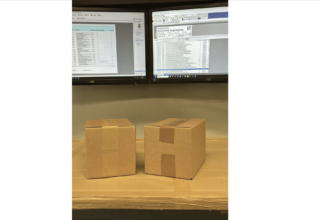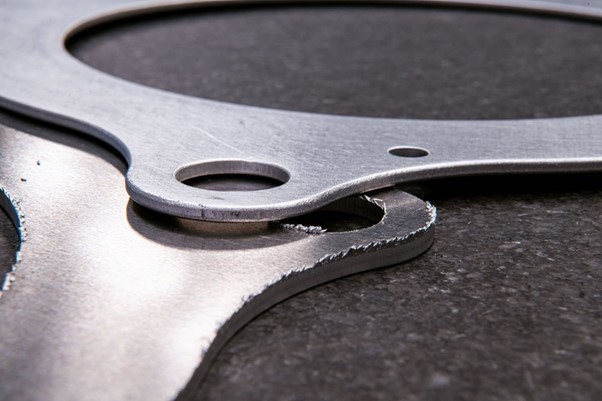
Sheet metal deburring is a separate process step. Can it not be omitted in order to reduce costs? Caution: If you want to save money at this point, you’ll end up paying for it.
As small pieces of metal protruding from sheet edges, burrs are unavoidable in many cutting processes. But they have unpleasant properties: On the one hand, they are sharp and pointed, and on the other, they can break off at an unforeseen moment. At the same time, the sheet edges remain sharp, which also has disadvantages. In this article, we will show you what the consequences of parts that have not been deburred can be.
1st consequence: injuries to employees and end users.
Metallic burrs can cause puncture or cut injuries. These injuries can not only be painful, but can also lead to infections and other complications. Both employees who handle parts that have not been deburred and end users are at risk. Such risks are no longer acceptable nowadays. The risk of complaints or even lawsuits is correspondingly high.
2nd consequence: damage to the product
Finished products can be damaged by burrs in two ways: First, by sticking and second, by detaching. Namely, if you move a sensitive component, such as a cable or hose, over a burr, it will be damaged. The same applies to sharp sheet metal edges. If, on the other hand, a burr detaches uncontrollably in the end product, it can cause damage at any point. Scratches, leaks or short circuits can be the result. For the manufacturer of the sheet metal parts, this can mean recourse claims due to recalls and product liability lawsuits. The risk is particularly high for safety-relevant components.
3rd consequence: Tool damage and tool wear.
Press brake tools, leveling rolls, milling cutters or deep drawing tools have one thing in common: they can be damaged by burrs. This is because the burrs are so hard that they leave marks. Press brake tools or leveling rolls then cause marks on the workpieces. In addition, the burrs can come loose at an uncontrolled time, causing further damage. And even if it doesn’t get that far, they definitely accelerate wear on press brake tools.
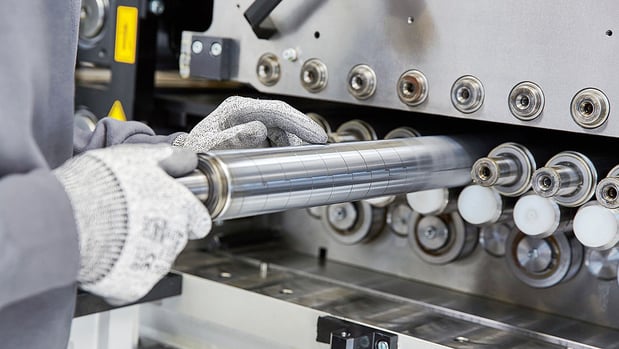
4th consequence: Problems with powder coating and cathodic dip painting
Because the burrs protrude so sharply from the sheet edge, they interfere with the electric field during powder coating. The field lines concentrate on the burrs like a lightning rod. This causes uncontrolled paint to settle on the burr. The paint lumps that result can easily reach a size of several millimeters. It is therefore important to remove even small burrs.
5th consequence: the coating does not hold
Burrs can easily break off even after coating. In this case, the substrate material is then exposed. The atmospheric oxygen can attack it unhindered, corrosion is the result. In addition, another coating problem can be solved at the same time during deburring: Since the sheet edges are usually also rounded during the deburring process, the coating is prevented from flaking off at the sharp edges.
6th consequence: Difficulties during jointing and assembly.
Burrs do not belong to the specified shape, but protrude beyond it. Therefore, parts that theoretically fit together may no longer fit in practice: At least one burr is in the way. In the case of assemblies, this can lead to tolerances no longer being correct. If deburring is not carried out, there is also a risk that an oxide layer will remain on the cut edges. This occurs when oxygen is used as a cutting gas during thermal cutting. As a result, this oxide layer can interfere with the subsequent welding process and reduce the quality of the weld seam.
7th consequence: customer complaints
If your customer has not thought of explicitly specifying deburred parts on his drawing – at the latest when one of the difficulties mentioned so far occurs, he will quickly change his mind. So before complaints and difficult re-negotiations arise, you should offer deburred sheet metal parts right from the start. The customer is pleased and appreciates the service when the supplier thinks along and acts proactively.



